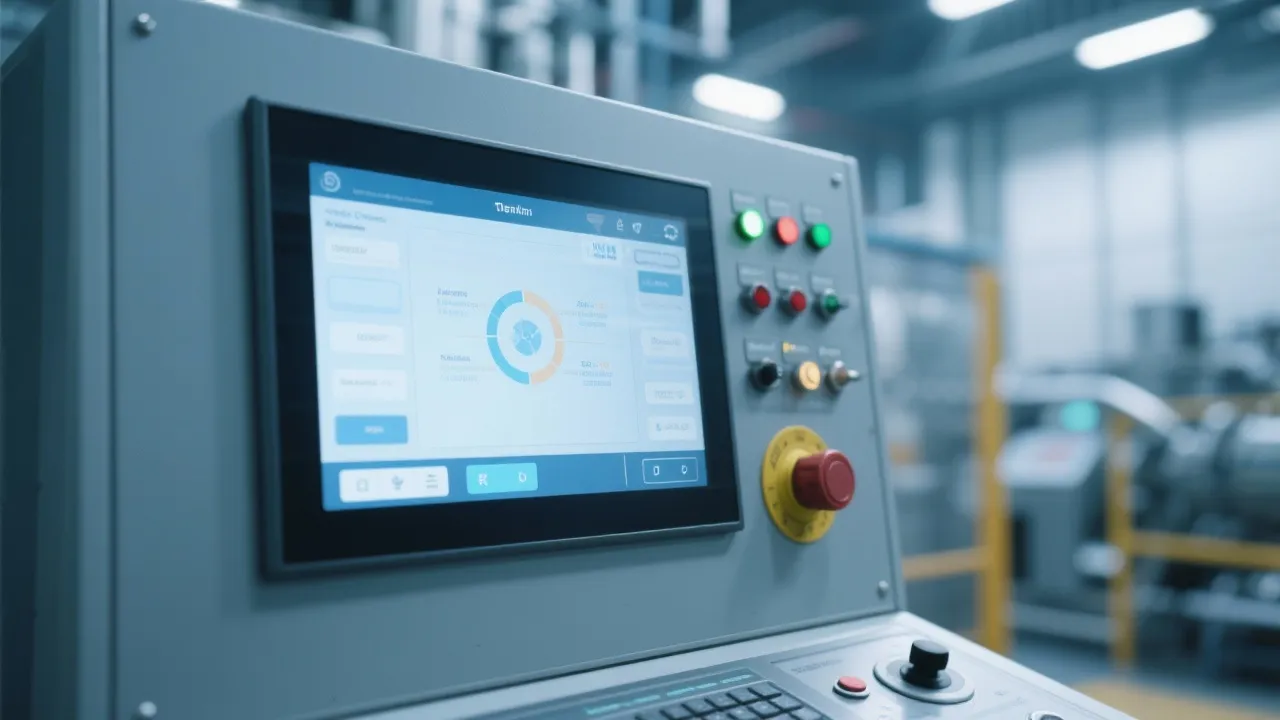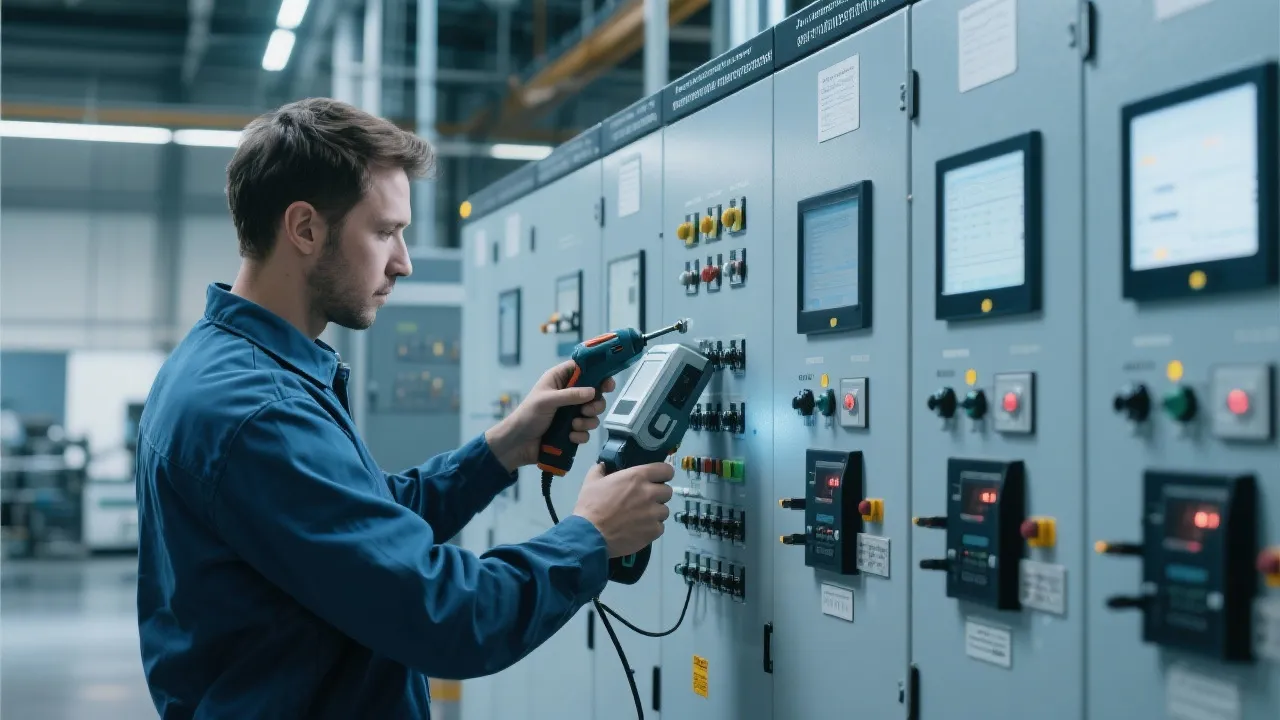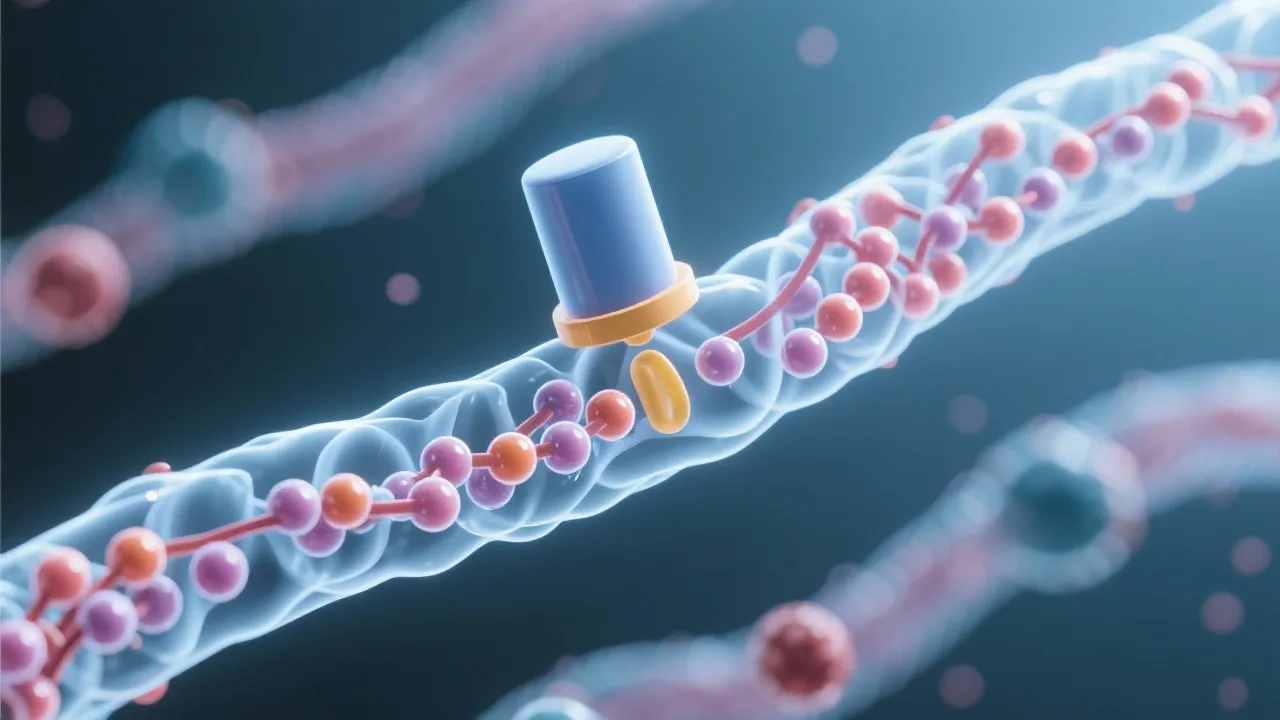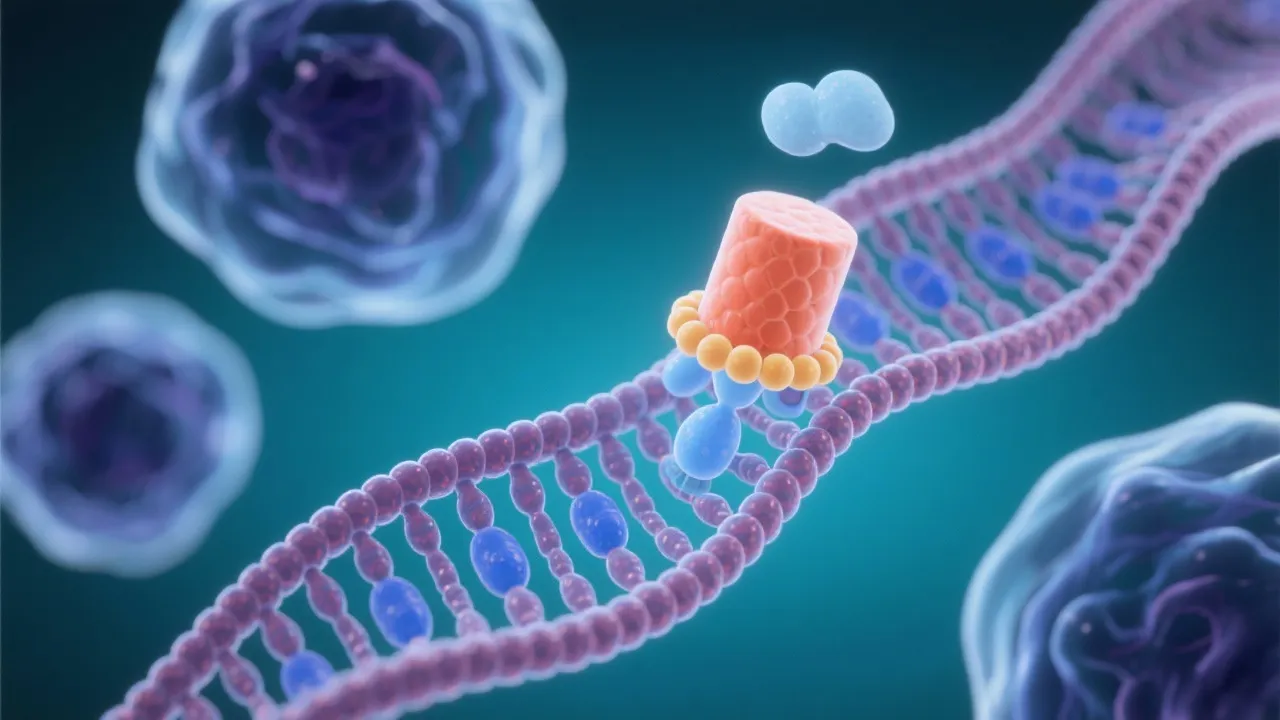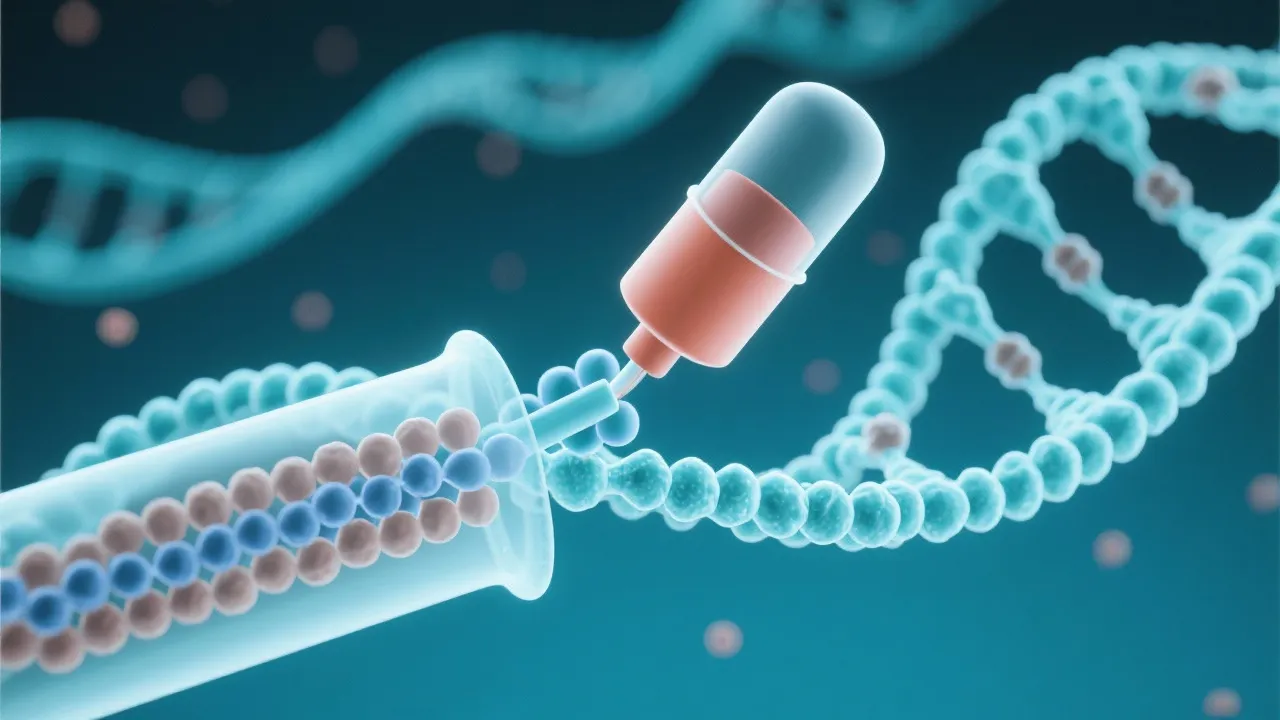Understanding Aminoethylpiperazine Epoxy
Aminoethylpiperazine epoxy plays a crucial role in various industrial applications, acting as a vital component in enhancing the performance and durability of epoxy systems. This guide offers an expert analysis into the properties, applications, and significance of aminoethylpiperazine epoxy, exploring its impact on the industry and potential innovations.
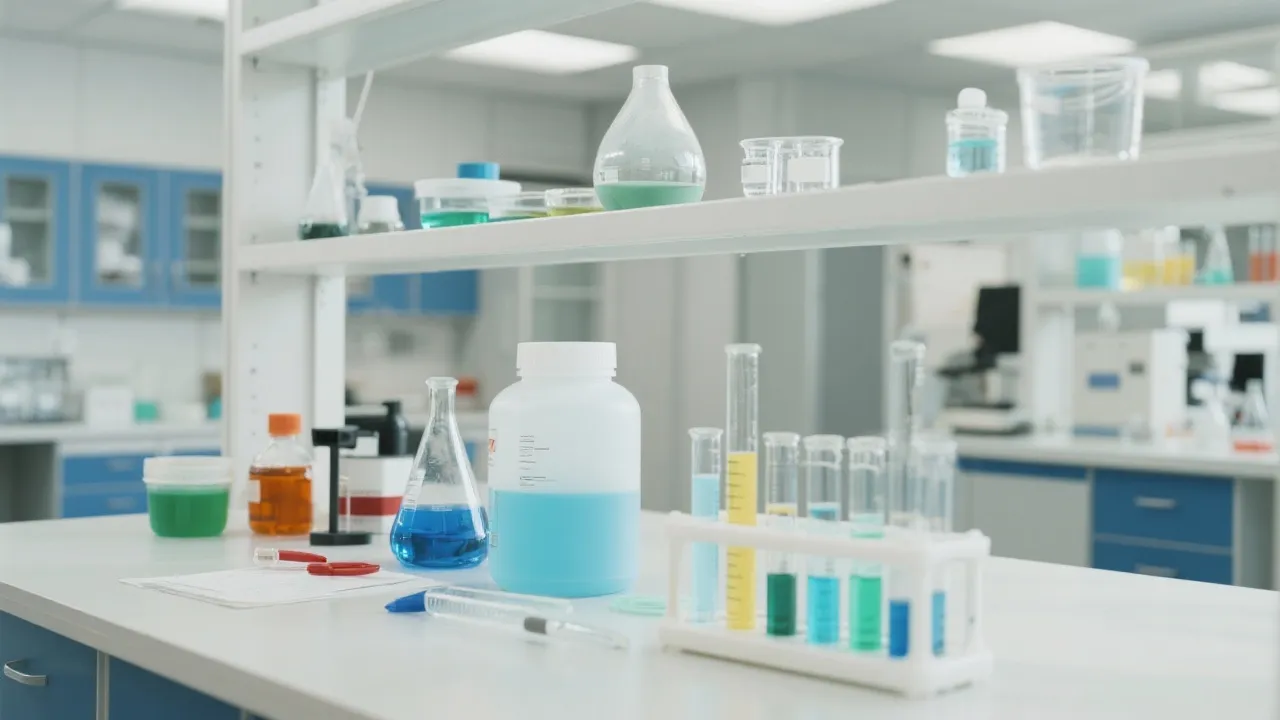
Introduction to Aminoethylpiperazine Epoxy
Aminoethylpiperazine epoxy is a specialized chemical compound renowned for its unique ability to enhance the properties of epoxy systems. It serves as a curing agent that has found widespread applications across various industries due to its excellent performance in improving the durability, adhesion, and mechanical properties of epoxy resins. The integration of aminoethylpiperazine in epoxy formulations results in superior epoxy systems that are pivotal in sectors such as construction, automotive, electronics, and coatings.
This compound is essentially an amine-based curing agent that functions through a chemical reaction with epoxy resins, leading to the formation of cross-linked polymer networks. The characteristics of these networks are crucial in determining the final properties of the epoxy material, influencing factors such as temperature resistance, hardness, and chemical stability.
Properties of Aminoethylpiperazine Epoxy
The outstanding properties of aminoethylpiperazine epoxy make it a preferred choice for industrial applications. It boasts a rapid curing time that facilitates increased production efficiency, and its low viscosity aids in achieving better surface wetting and adhesion. These attributes are particularly valuable in applications where quick turnaround times are essential.
Additionally, the chemical structure of aminoethylpiperazine contributes to enhanced flexibility and toughness of the cured epoxy, ensuring longevity and resistance to environmental factors. Unlike conventional curing agents, aminoethylpiperazine not only improves the mechanical strength of the epoxy but also enhances its performance under thermal and mechanical stress. This trait is significant for industries manufacturing products subjected to extreme conditions, such as aerospace, where materials must maintain integrity under varying pressures and temperatures.
Moreover, aminoethylpiperazine epoxy exhibits excellent chemical resistance, which is crucial for applications involving exposure to solvents, acids, and bases. This chemical resistance enhances the longevity of materials in harsh environments, reducing maintenance costs and improving overall efficiency in industrial applications.
Applications in the Industry
Aminoethylpiperazine epoxy is instrumental in the development of advanced coatings and adhesives. In the construction domain, it is utilized to formulate robust sealants and coatings that provide protection against corrosion and weathering. These coatings are essential for extending the life of constructions, infrastructure projects, and vehicles, where durability and resilience are critical.
The automotive sector benefits from its application in durable adhesive formulations, improving vehicle safety and performance. For instance, the incorporation of aminoethylpiperazine epoxy in bonding agents can significantly enhance the adhesive strength between different materials, such as metals, plastics, and composites, which are commonly used in vehicle manufacturing. This capability not only increases the structural integrity of vehicles but also contributes to weight reduction and improved fuel efficiency.
Furthermore, in electronic components, aminoethylpiperazine epoxy is essential in ensuring electrical insulation and stability in circuit boards. The performance of electronic devices heavily relies on the materials used to encapsulate and protect delicate components. The excellent dielectric properties of aminoethylpiperazine epoxy make it an ideal choice for these applications, as it helps in preventing moisture infiltration and provides mechanical support.
Another noteworthy application lies in the field of adhesives for construction and assembly. Aminoethylpiperazine epoxy-based adhesives have been developed for bonding wood, metal, and plastic in a wide variety of construction and manufacturing processes. They can withstand dynamic loads and thermal expansion, which are common challenges in adhesive applications. The ability to formulate these adhesives for specific environments enhances their utility across different construction sites.
Advancements and Innovations
As industries continue to evolve, so too does the demand for innovative epoxy systems. The introduction of aminoethylpiperazine as a component in green chemistry initiatives is paving the way for more sustainable solutions. Researchers are exploring bio-based variations and low-emission formulations that retain the efficacy of traditional epoxy systems while minimizing environmental impact.
One key area of innovation is the development of hybrid systems that combine aminoethylpiperazine with natural resins or other sustainable materials. These hybrid formulations aim to balance performance needs with environmental considerations, offering a more sustainable approach to epoxy applications. Additionally, advancements in nanotechnology are being integrated with aminoethylpiperazine epoxy to further enhance its properties. Nanoparticles can be introduced into the epoxy formulation to improve strength, thermal conductivity, or to provide unique functionalities such as self-cleaning surfaces.
The ongoing research in this field addresses the need for greater energy efficiency in the curing process. Traditional curing methods often require high temperatures and prolonged durations, contributing to energy consumption and subsequent costs. Innovative curing techniques utilizing ultraviolet (UV) light or microwave energy are being explored. Such methods promise faster cures without compromising the properties of the epoxy, thereby enhancing the production efficiency even further.
Comparative Analysis of Epoxy Systems
| Epoxy System | Key Characteristics |
|---|---|
| Standard Epoxy | Known for its strong adhesive properties and durability but may lack flexibility. It is commonly used in a variety of applications including coatings and adhesives, but its rigid structure can lead to brittleness under stress. |
| Aminoethylpiperazine Epoxy | Enhanced flexibility, rapid curing, and excellent adhesion, ideal for industrial settings. This epoxy system is particularly suited for applications requiring a combination of toughness and rigidity, making it versatile across multiple sectors. |
| Bio-based Epoxy | Eco-friendly option with comparable performance but higher production costs. These systems seek to utilize renewable resources, making them attractive for companies aiming to minimize their carbon footprint, although they often come with challenges related to scalability and cost-effectiveness. |
| Low-Emission Epoxy | Formulated to reduce volatile organic compounds (VOCs) during curing, thus minimizing environmental impact and improving worker safety. These systems are becoming increasingly popular due to regulatory pressures and public demand for cleaner alternatives. |
| High-Performance Epoxy | Designed to meet specific high-stress applications, these epoxies often incorporate advanced additives and modifiers to maximize performance under extreme conditions. Suitable for aerospace and military applications, where failure is not an option. |
Challenges in the Industry
Despite the advantages, the use of aminoethylpiperazine epoxy presents certain challenges. Handling and safety concerns during manufacturing require strict adherence to safety regulations. Proper personal protective equipment (PPE) must be used to mitigate risks associated with inhalation and skin contact, as the compound can be irritative and pose health risks in high concentrations.
Additionally, fluctuations in raw material costs can impact the market competitiveness of the final epoxy products. Variations in the price of petrochemical derivatives, from which most epoxy resins are derived, can lead to inconsistent pricing in the market. Addressing these challenges involves continuous R&D efforts focused on improving safety protocols and cost-efficiency measures.
Moreover, the industry faces regulatory challenges regarding environmental impact and health safety. Stricter global regulations concerning chemical emissions and workplace safety are forcing manufacturers to adapt quickly or risk penalties. This environment drives innovation but can also complicate the development process for new formulations of aminoethylpiperazine epoxy.
In parallel, there is a growing market pressure to create materials that are more sustainable, which can conflict with traditional production methods. To address this, manufacturers are investing in research focused on creating more sustainable production processes and eco-friendlier formulations. Collaboration between industry stakeholders and regulatory bodies is essential to facilitate this transition without compromising on the quality or performance of the epoxy systems.
Market Trends and Future Outlook
The market for aminoethylpiperazine epoxy is witnessing significant growth driven by increasing demands across multiple sectors. The growing emphasis on sustainability and environmental considerations is likely to steer industry trends toward developing eco-friendly alternatives. Companies that proactively develop and market their sustainable products are more likely to gain a competitive advantage in the marketplace.
Moreover, emerging applications in novel fields such as renewable energy and smart materials are expected to further expand the scope of aminoethylpiperazine epoxy. For instance, the demand for lightweight materials in wind turbine blades and solar panel construction is on the rise, and epoxies with superior mechanical properties can provide the necessary performance characteristics.
Furthermore, the global push for electric vehicles is creating a surge in demand for high-performance adhesives and coatings that can withstand higher temperatures and stresses, bringing aminoethylpiperazine epoxy to the forefront of automotive innovations. Improvement in battery technologies, which often rely on reliable adhesion and insulation materials, could further drive growth in this segment.
In addition, advancements in smart materials are leading to the exploration of epoxy systems that can respond to environmental stimuli or adapt their properties post-curing. This area of research involves integrating molecular sensors into the epoxy systems, enabling real-time monitoring of structural integrity and functionality. Such developments could revolutionize how materials are used in various applications, extending their life cycle and improving safety and performance standards across industries.
FAQs
What makes aminoethylpiperazine epoxy unique among curing agents?
Aminoethylpiperazine epoxy is unique due to its ability to rapidly cure and enhance the flexibility and toughness of epoxy systems, making it a preferred choice for various industrial applications.
Are there eco-friendly versions of aminoethylpiperazine epoxy available?
Yes, researchers are working on developing bio-based and low-emission formulations of aminoethylpiperazine epoxy to align with sustainability standards in the industry. These innovations aim to reduce the carbon footprint while maintaining performance.
What sectors benefit significantly from aminoethylpiperazine epoxy?
Sectors such as construction, automotive, electronics, and coatings benefit significantly from the use of aminoethylpiperazine epoxy due to its superior performance in adhesives and coatings. Each sector leverages the compound’s attributes in unique ways, from enhancing safety in vehicles to ensuring long-lasting building materials.
How does aminoethylpiperazine epoxy compare to traditional epoxies in terms of performance?
Aminoethylpiperazine epoxy generally outperforms traditional epoxies in flexibility, curing time, and adhesion. Its ability to maintain structural integrity under stress and its chemistry-driven advantages make it a favorable option for applications requiring high durability and resistance.
What role does research and development play in the future of aminoethylpiperazine epoxy?
R&D is crucial in enhancing the formulations of aminoethylpiperazine epoxy by integrating new technologies, improving sustainability practices, and ensuring compliance with evolving regulations. Continuous innovation will help address challenges in production and application, allowing industries to maximize the benefits of these advanced materials.
Can aminoethylpiperazine epoxy be used in high-temperature applications?
Yes, aminoethylpiperazine epoxy exhibits excellent thermal stability, making it suitable for high-temperature applications. Its ability to retain properties at varying temperatures opens opportunities in demanding fields such as aerospace and automotive.






